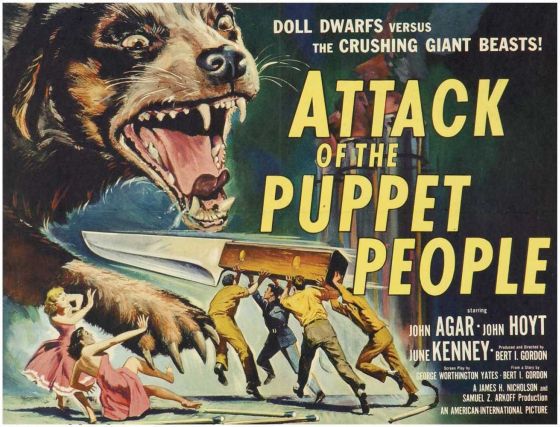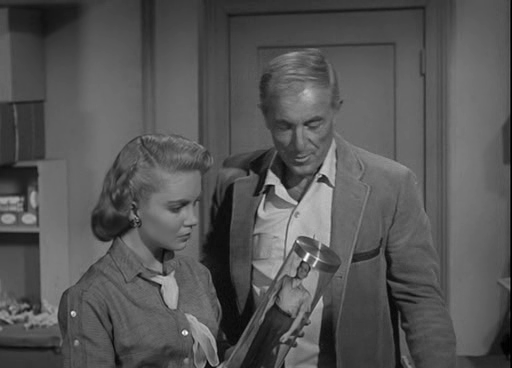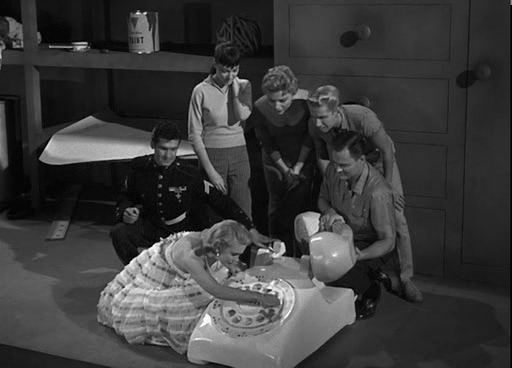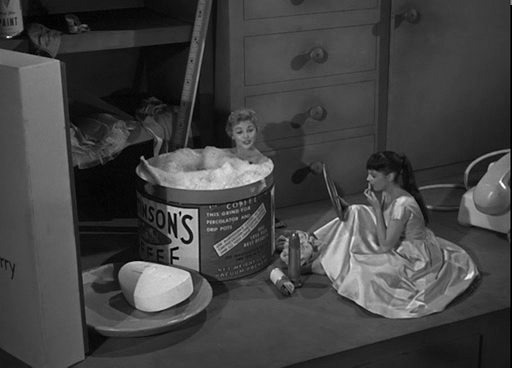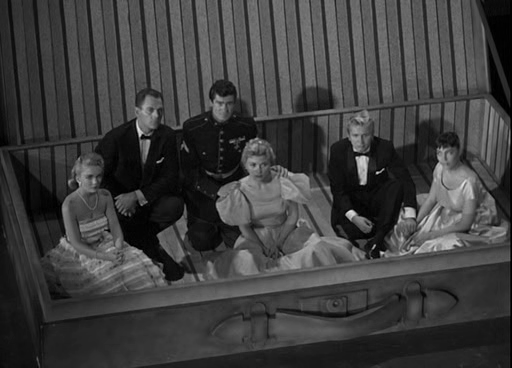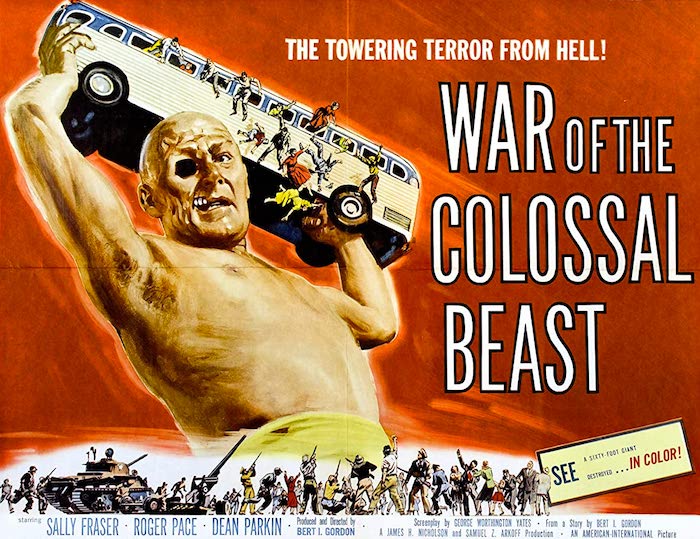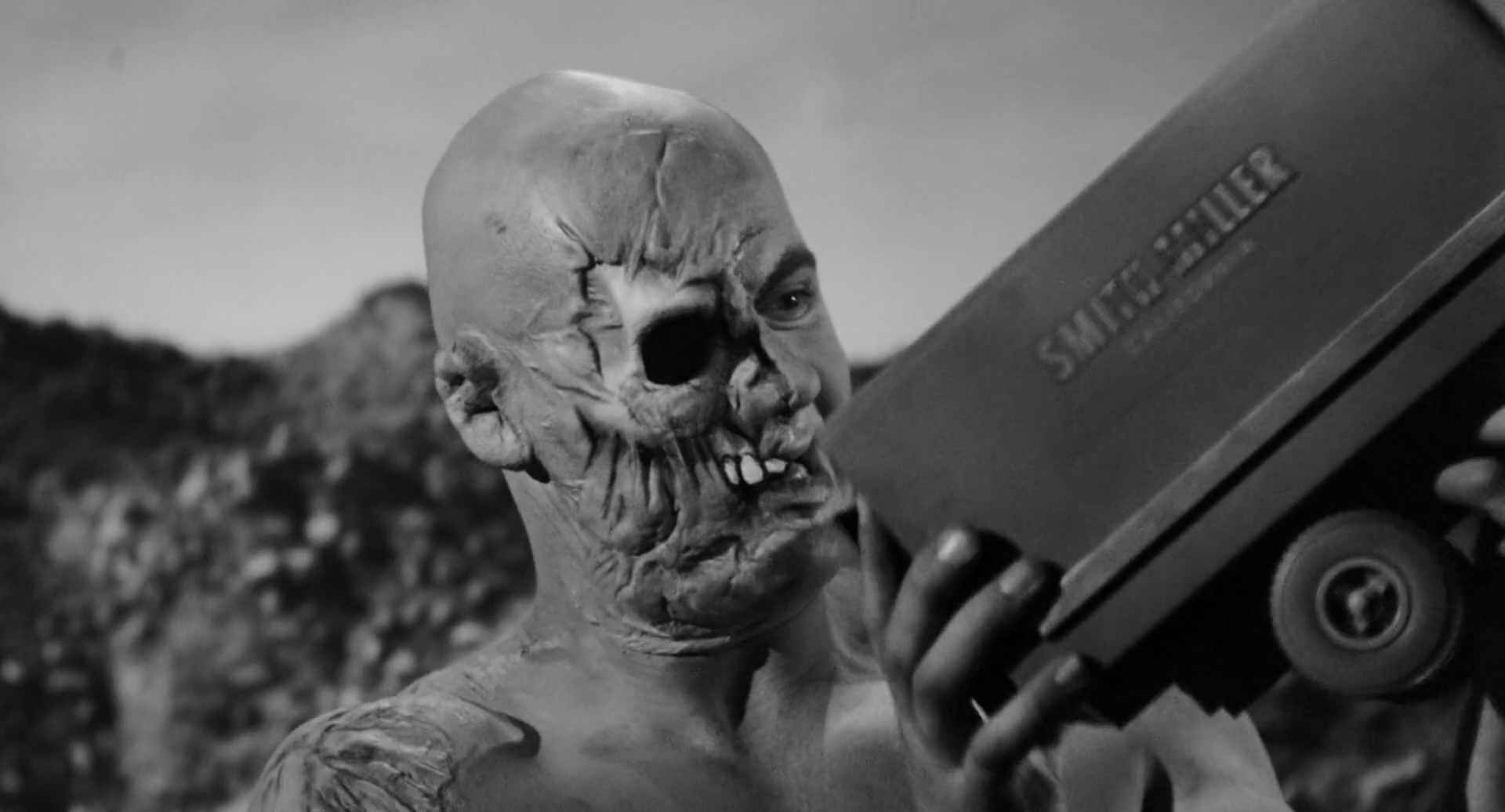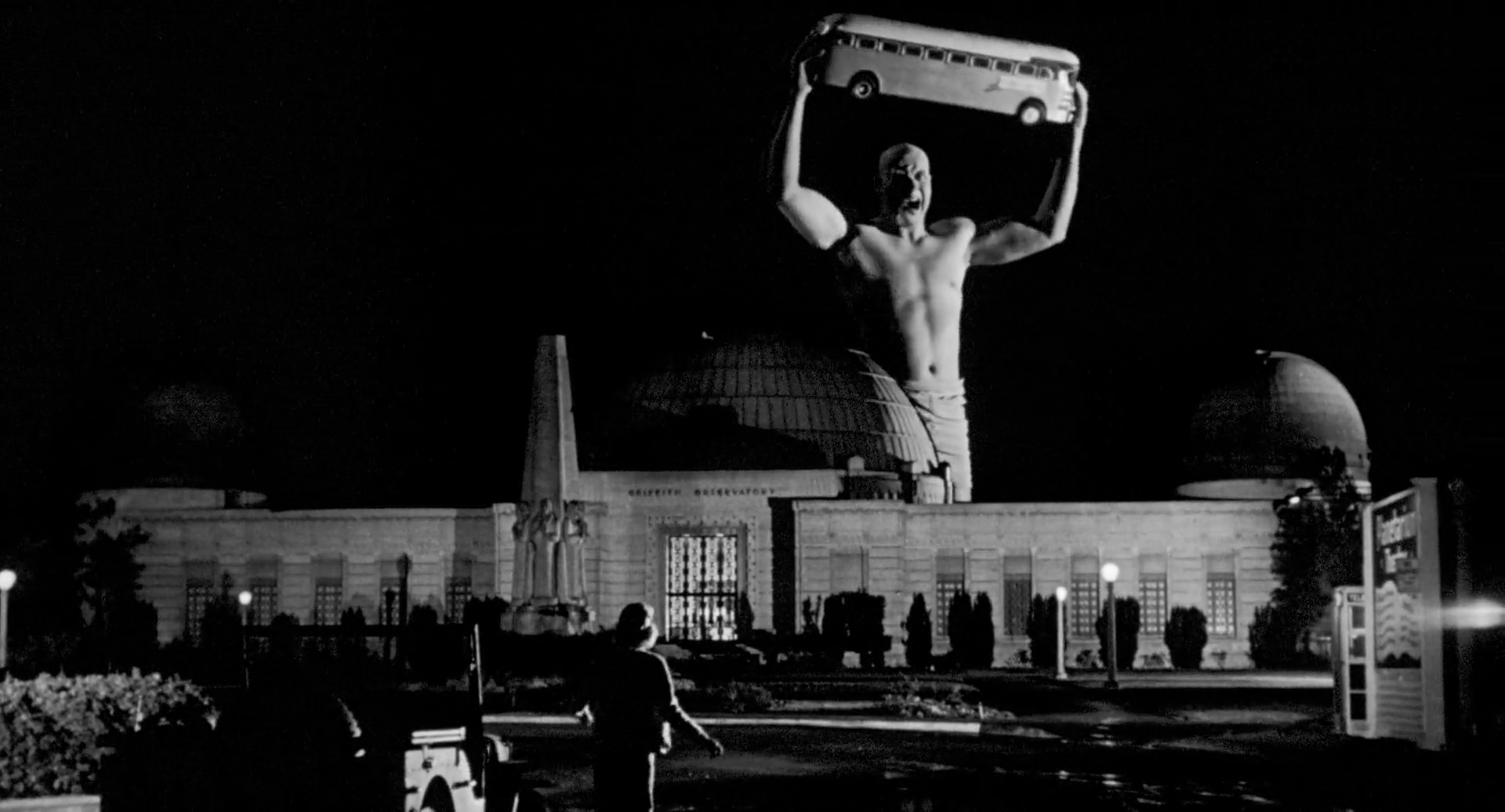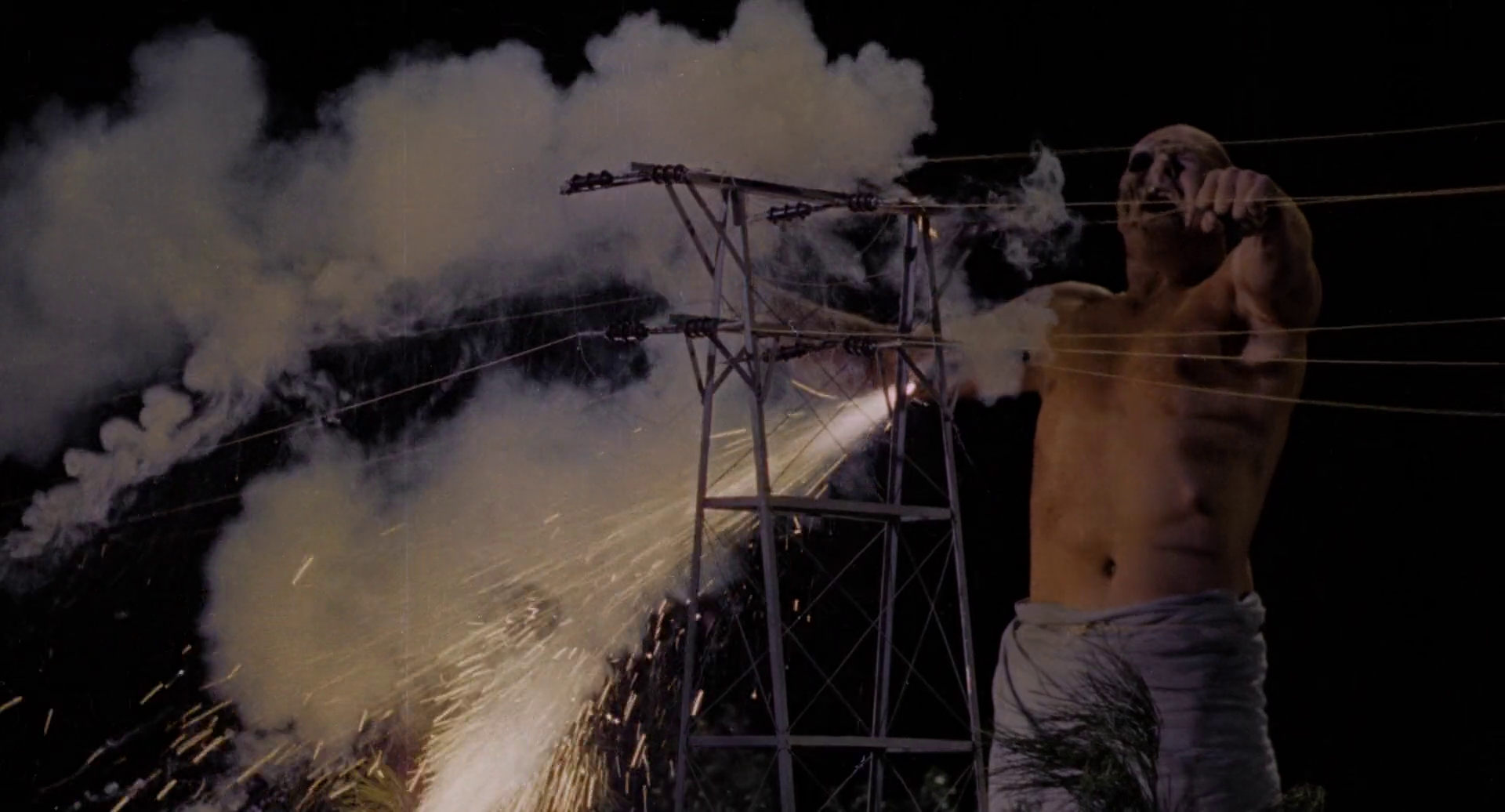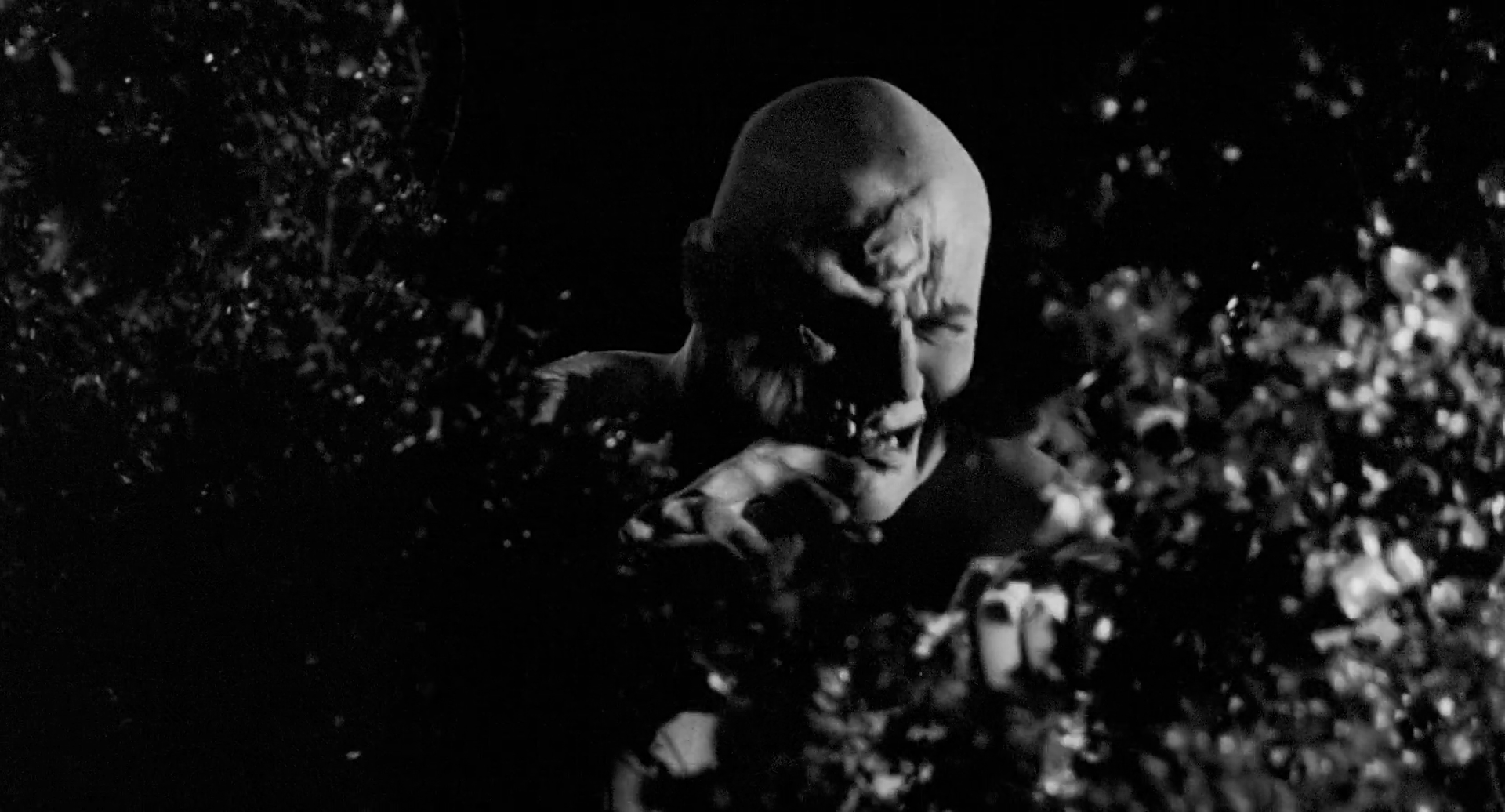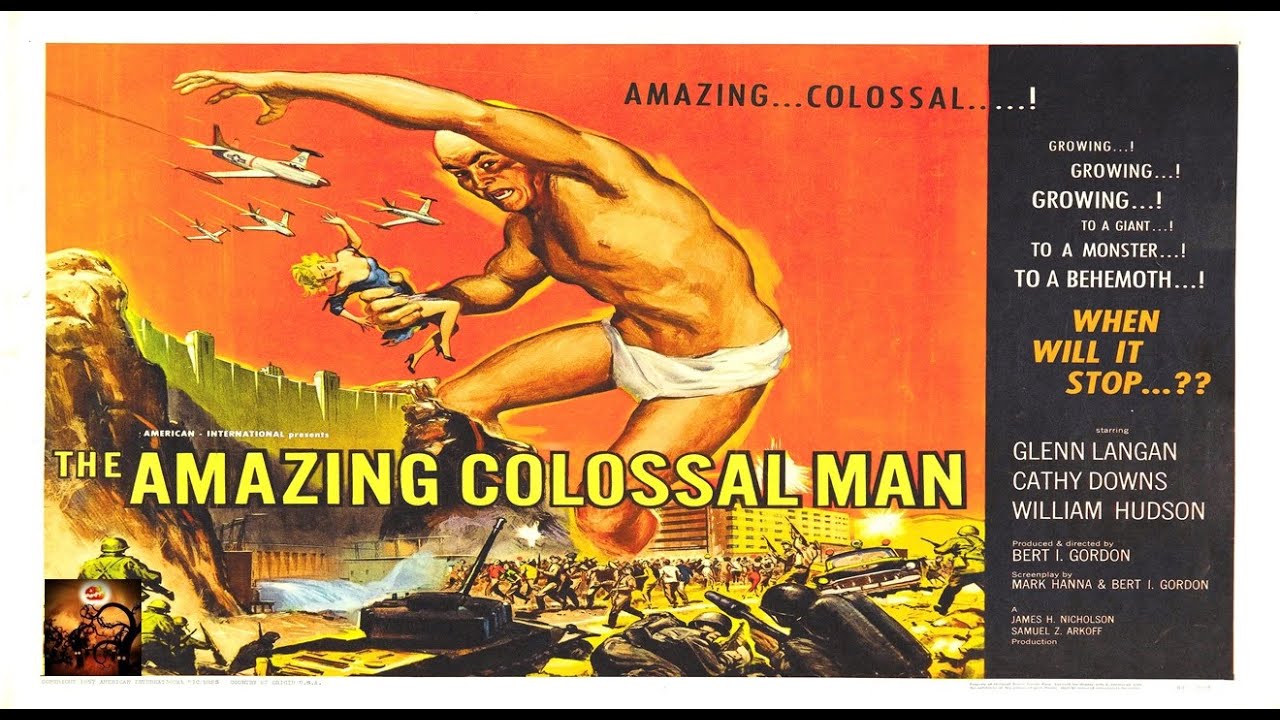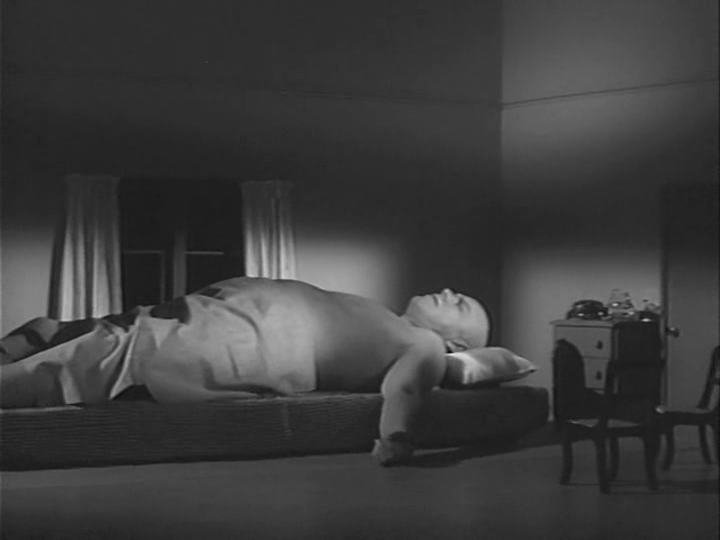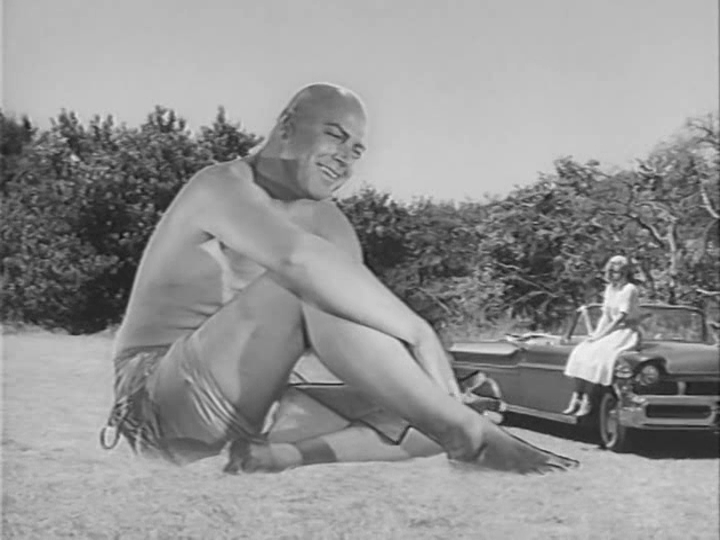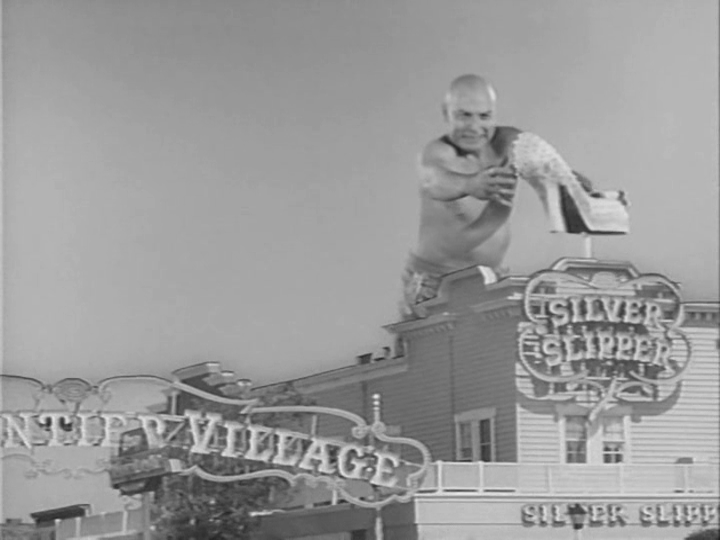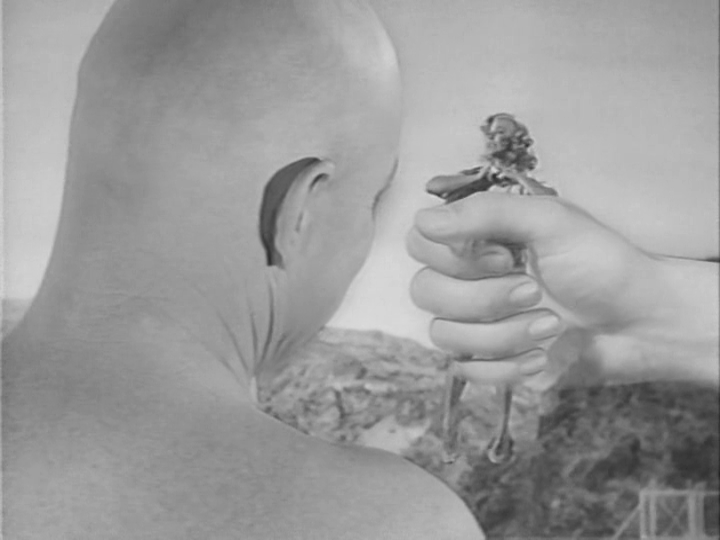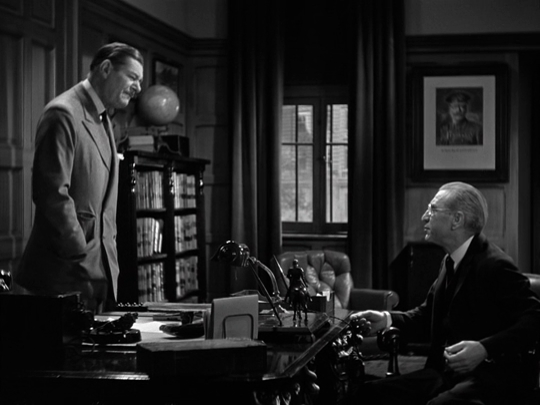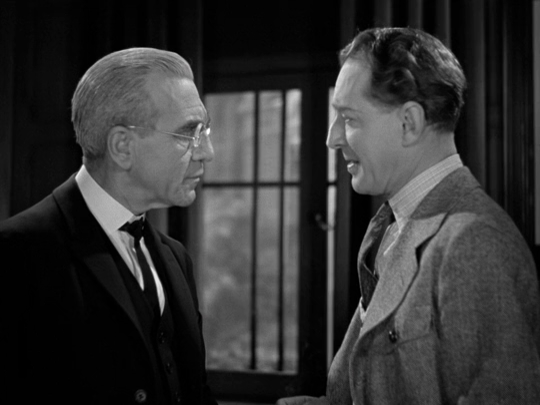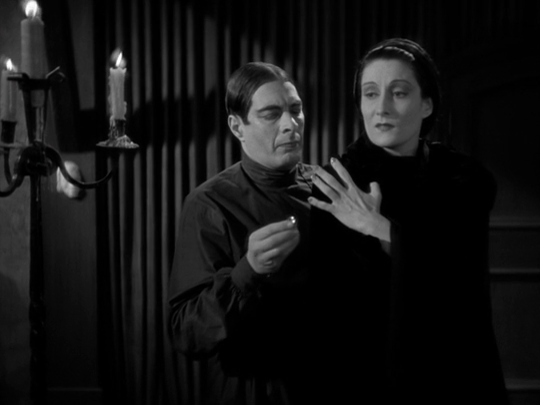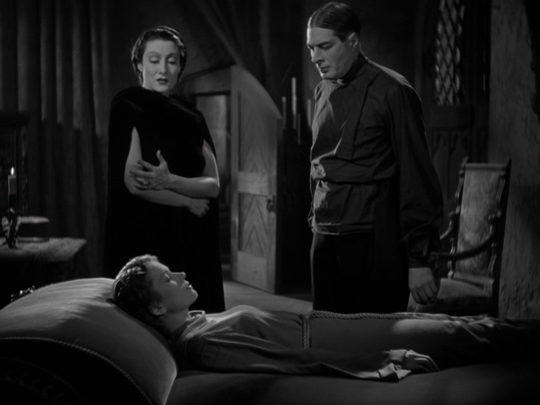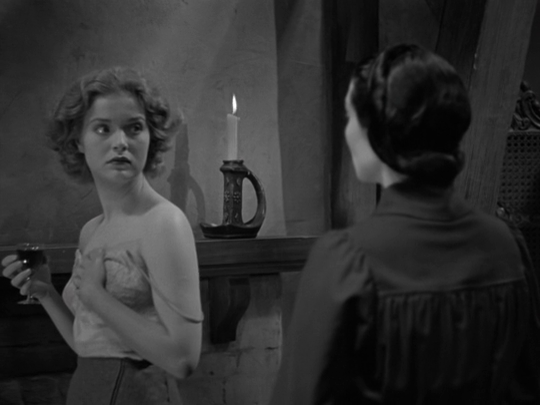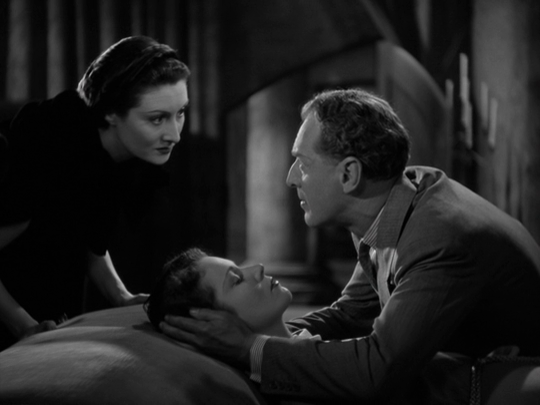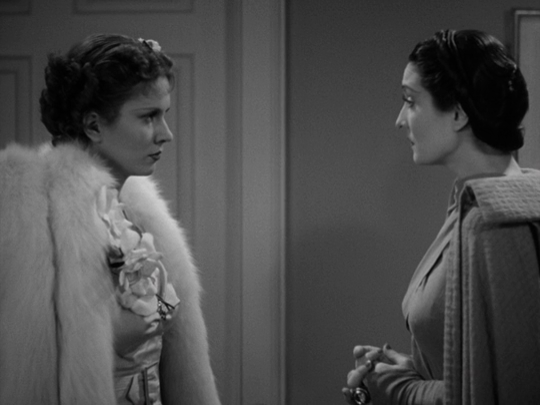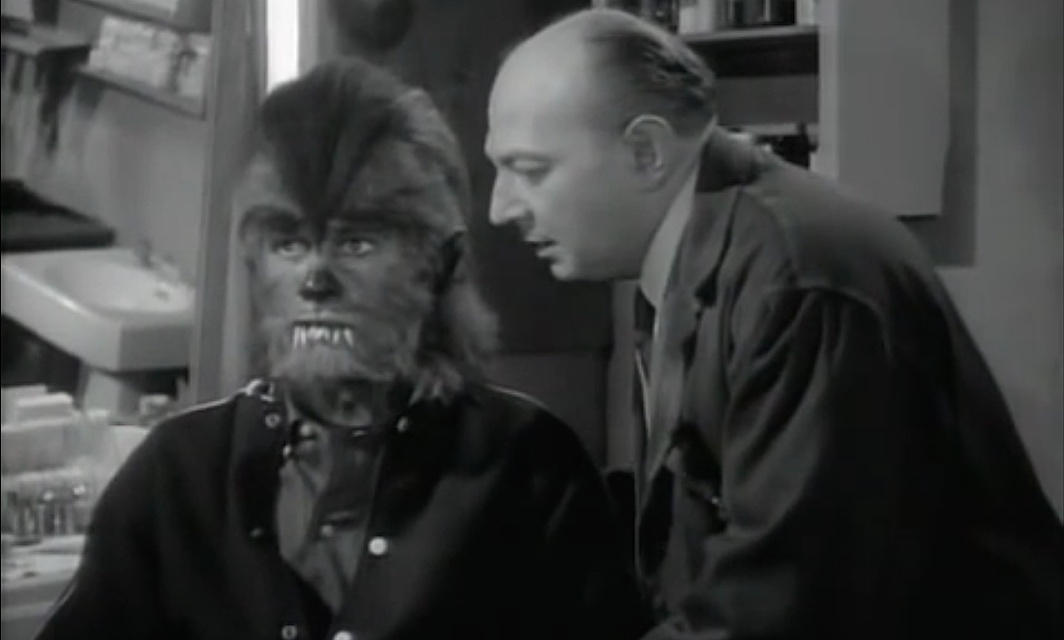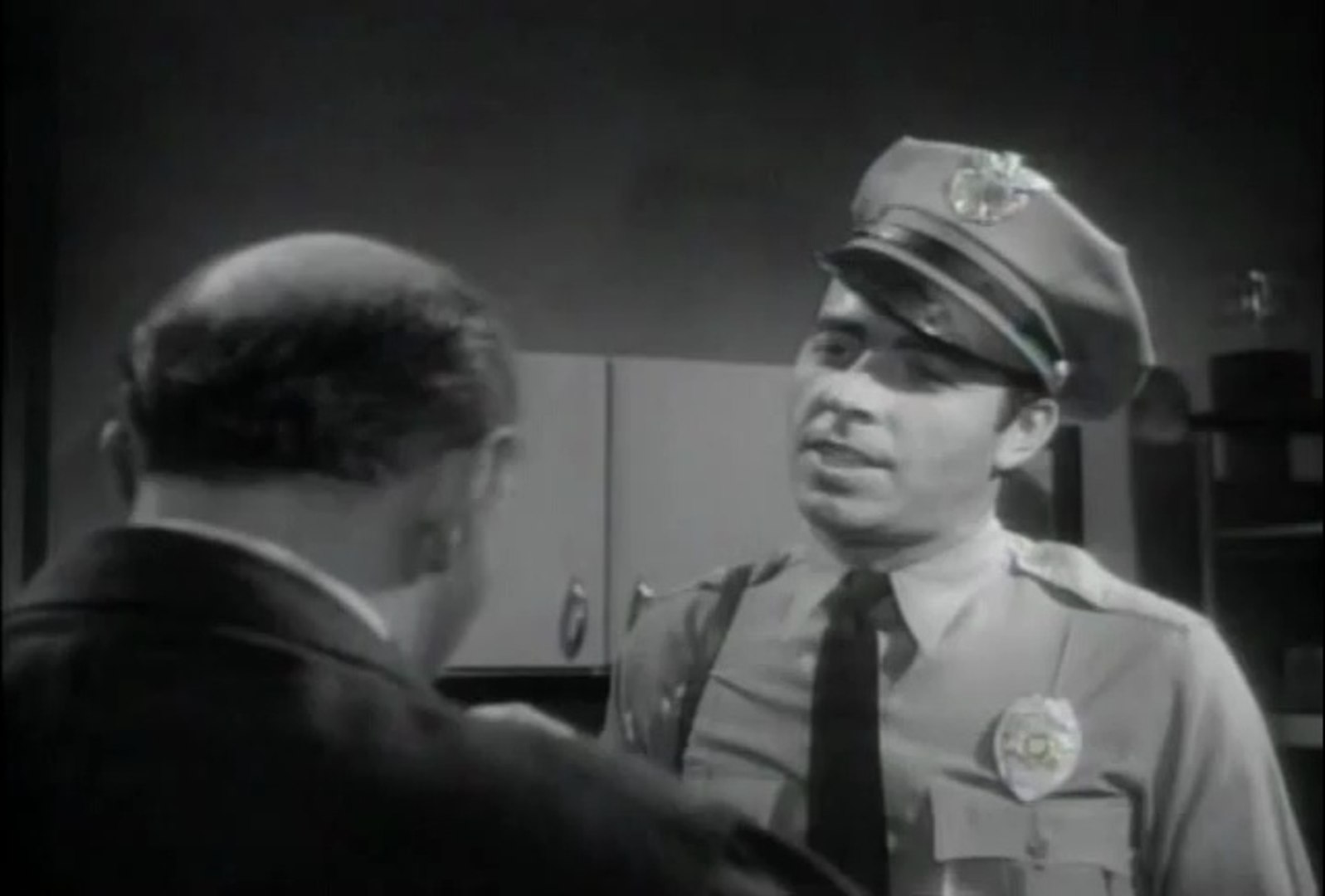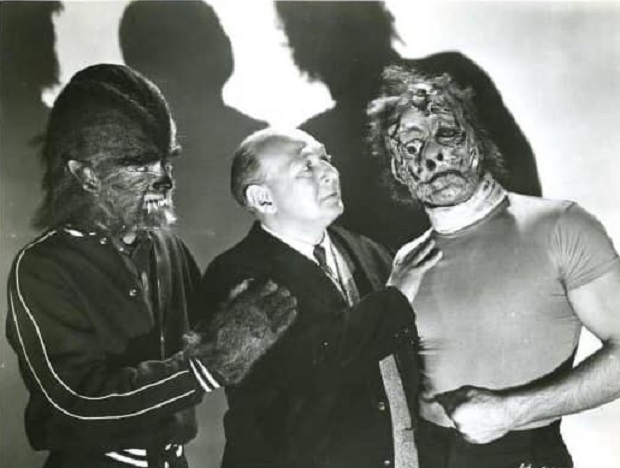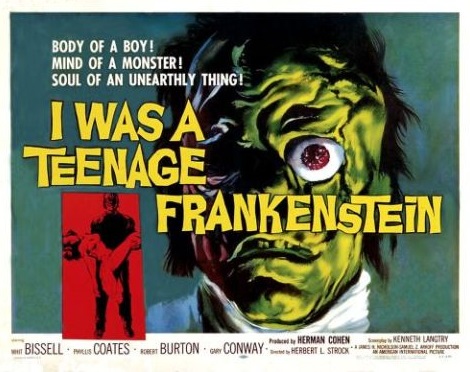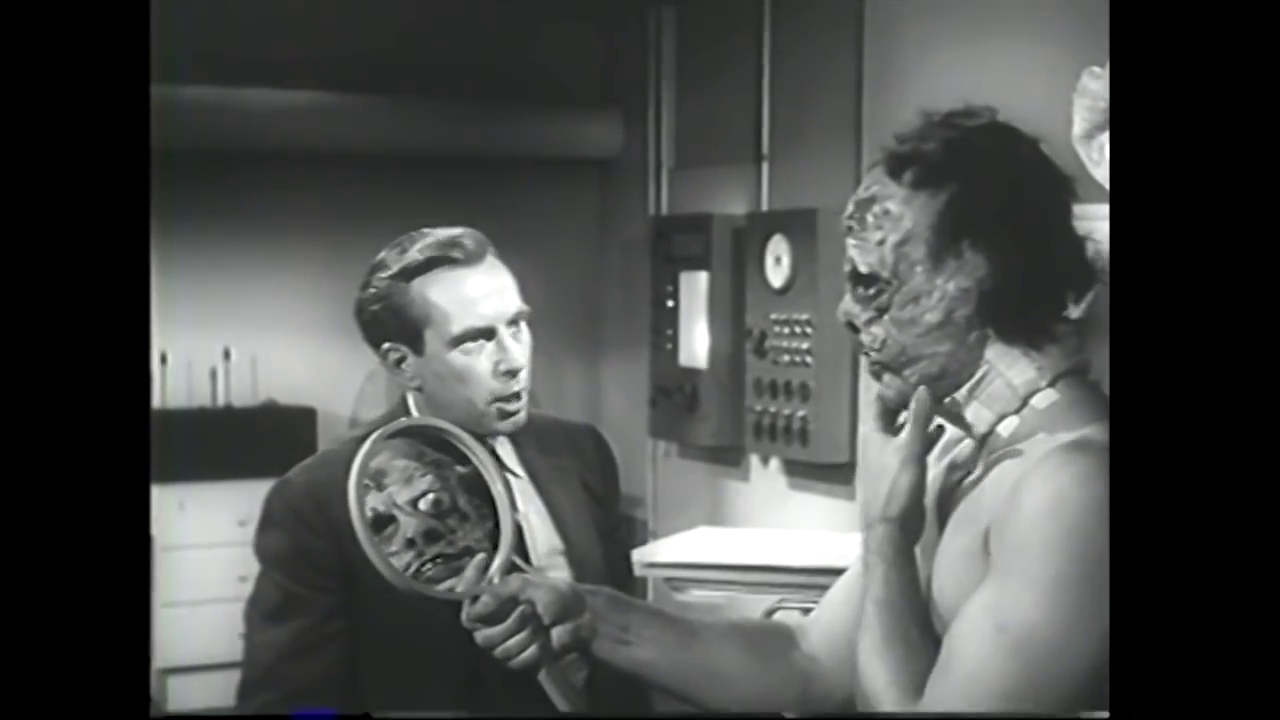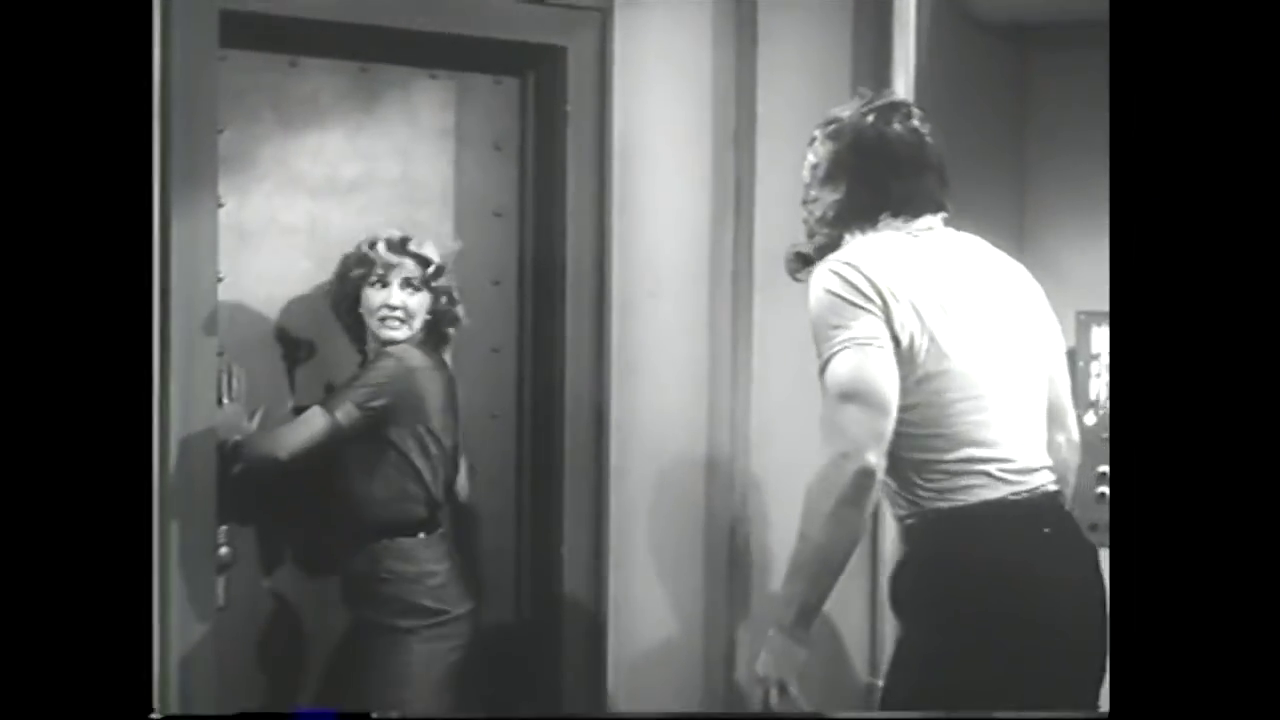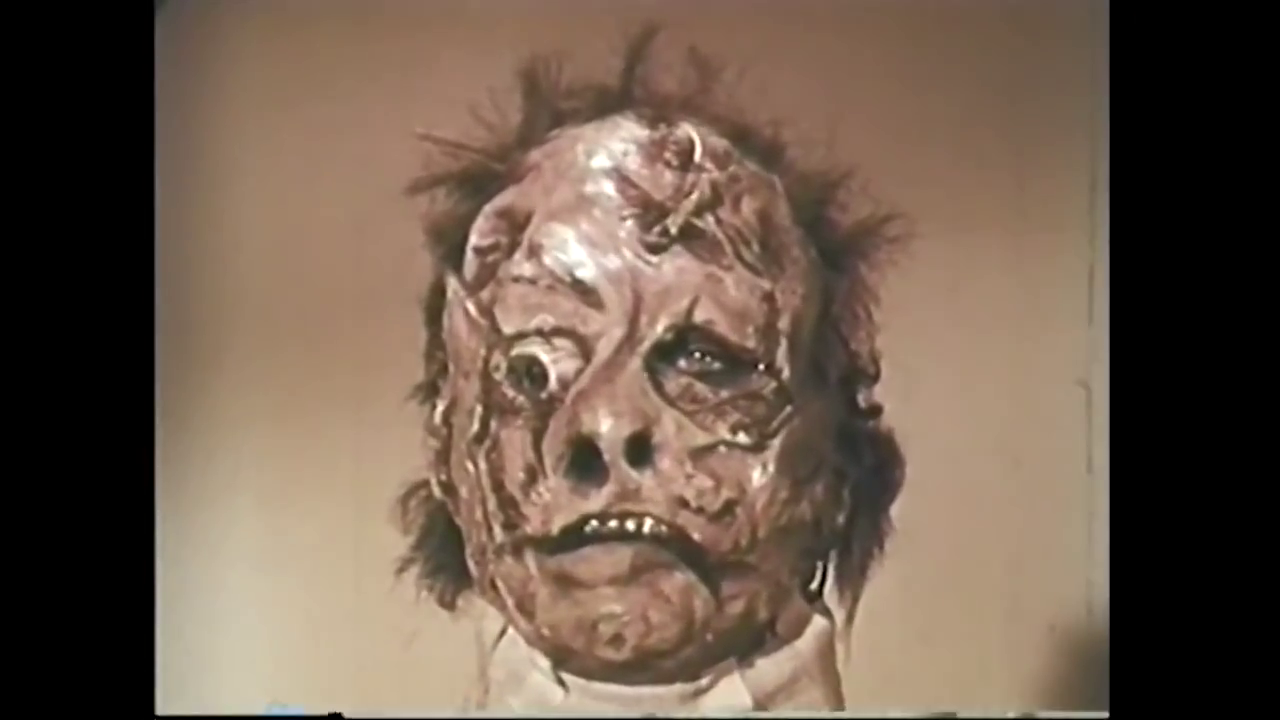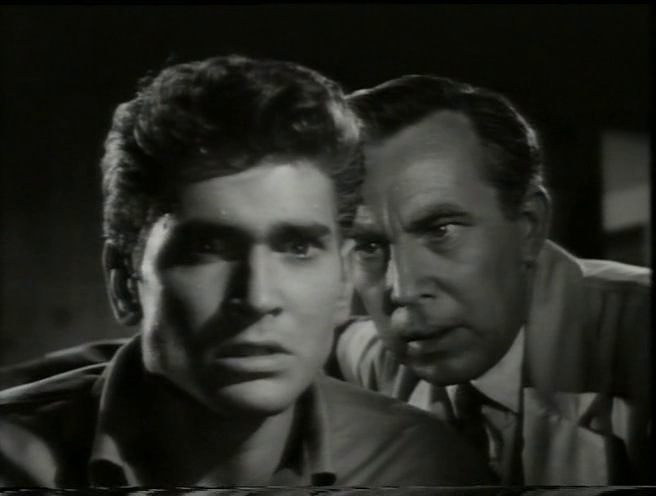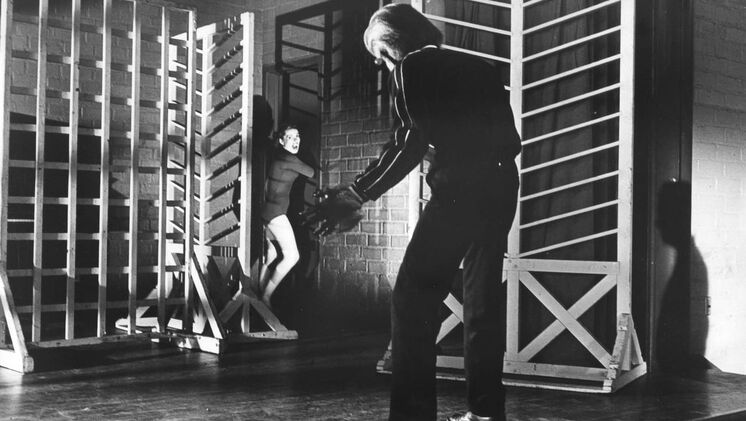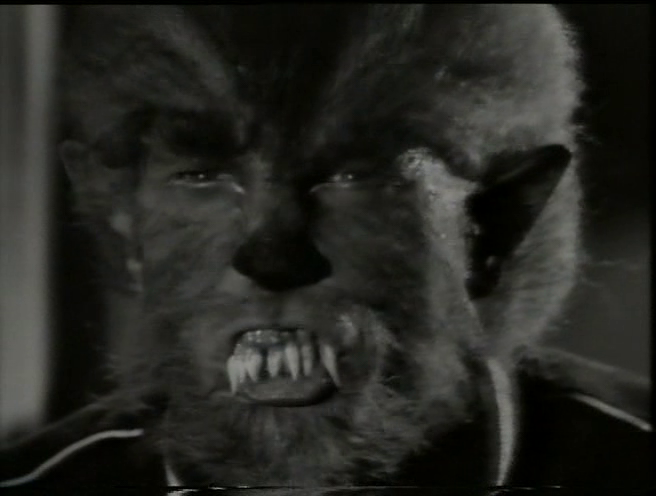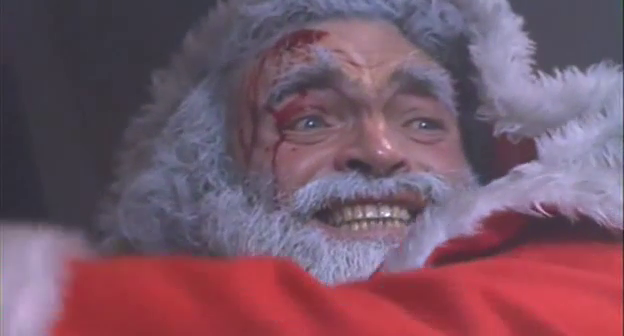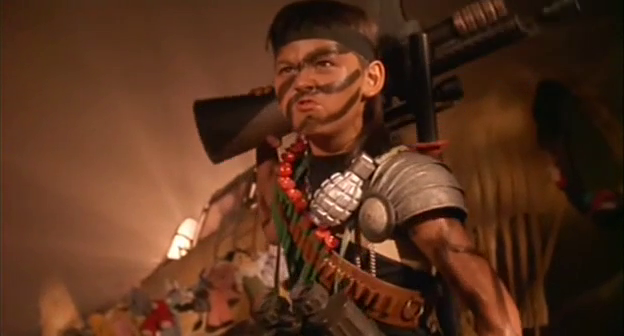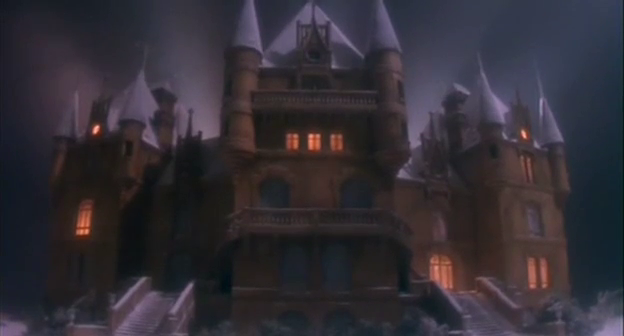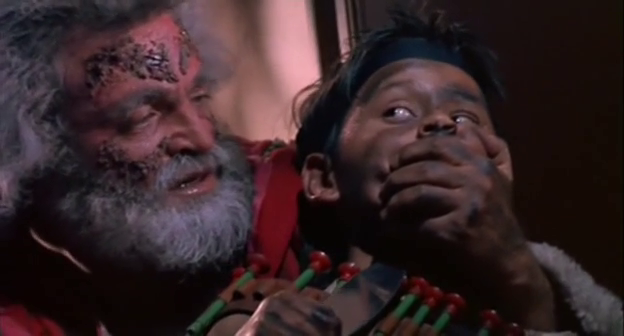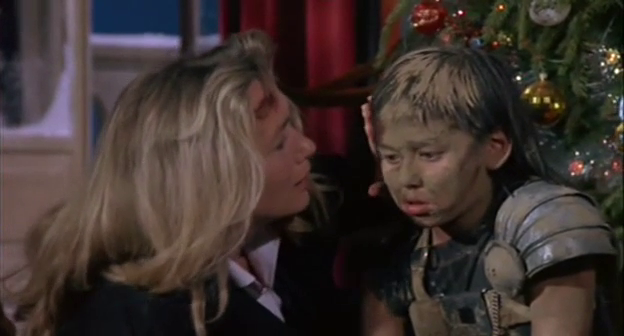As a production house, American International Pictures was mostly known for quick and cheap films that would capitalize on a current fad or the latest popular movie, often with plots centring around teenagers as they were a key demographic to the studio, and when Universal Pictures had great success with their adaptation of Richard Matheson’s The Incredible Shrinking Man it was AIP who turned to director/producer Bert I. Gordon to bring something small to the big screen.
“I love my dolls and I’m quite sure they’ll never leave me.” That creepy line from this film’s eccentric dollmaker perfectly encapsulates the theme of Bert I. Gordon’s Attack of the Puppet People as it deals with a man’s inability to handle rejection, a man who reels at the very thought of abandonment and will do anything to prevent it from happening, and this disconnect from humanity is the basis of the film’s tangible undercurrent of horror. The plot of this movie surrounds the madness of one Mr. Franz (John Hoyt), the proprietor of Dollmaker Incorporated, who has a personal collection of very lifelike dolls stored in glass canisters which are locked in a display case and it just so happens these dolls are real people that he has shrunken down to doll size. The story gets going when Franz hires Sally Reynolds (June Kenney) to be his new secretary – we later learn his previous secretary has recently joined the others in one of those glass canisters – but when a relationship between her and travelling salesman Bob Westley (John Agar) becomes a threat to Franz’s status quo, well, poor Bob gets the doll treatment.
“I thought you’d like a man who was 12 inches.”
As the story unfolds, we learn that Franz was once a well-known marionette performer but his career ended when his wife ran off with an acrobat – who hasn’t had that happen – and this rejection clearly did not sit well with Franz because from that moment on anyone in his circle of acquaintances who seemed about to leave, even if just to retire from the Post Office and would no longer be delivering his mail, he would use a shrinking machine that he had devised to turn them into living dolls. He would keep these "action figures" in a state of suspended animation until the urge to let them out to “play” hits him, which is as horrifying as it sounds. What is not explained is how someone goes from being a puppeteer to a dollmaker to a mad scientist with the ability to construct a machine that can alter the size and matter of living things, did he sign up for some kind of mad science correspondence course?
“I’m calling the screenwriter to get some clarification on this.”
Stray Observations:
• If during a job interview you are ever asked “Are you married? Do you have any family?” Say yes, and then leave as quickly as possible because there’s a good chance the person asking is either a serial killer or is going to turn you into a tiny doll.
• As I'm not all that familiar with doll collecting, I must ask the question “Can you actually order lingerie for your dolls?” That seems like a very risqué accessory, especially being that this movie was produced in the 1950s.
• Bob and Sally go to a drive-in that is showing the film The Amazing Colossal Man, which is another Bert I. Gordon production. Nothing wrong with a little bit of synergistic cross-promotion.
• That over a half-a-dozen people go missing in and around Dolls Incorporated, without anyone making a connection, has me wondering if the FBI was even a thing in the late 1950s.
• The principle behind Franz’s projector shrinking device seems eerily similar to the one used to shrink Mike Teavee in the film Willy Wonka and the Chocolate Factory.
"Come with me and you'll be in a world of pure imagination."
The film was shot under the title The Fantastic Puppet People which makes a lot more sense than the one we ended up with because there isn’t a lot of attacking going on in this film, a failed attempt at drugging Franz is the closest we get, but a more aggressive title was deemed more marketable to a teen audience and thus Attack of the Puppet People was chosen. Aside from the film’s misnamed title, and the plot’s very dodgy science fiction elements, what does really work is John Hoyt’s performance as a pitiful old man who goes to crazy extremes to never be lonely again and that’s not to say we ever really develop sympathy for Franz, his elevator clearly doesn’t go all the way to the top, but Hoyt does inject enough humanity into the character that he can’t be deemed as being an outright evil villain, though his decision to kill himself and the dolls when the police investigation gets too close, well, that’s a bit dark.
The Suitcase of the Damned.
As with most of Bert I. Gordon’s films, he was also the man behind the film’s special effects and even with his limited budget the miniature elements work rather well, even if the scale is a bit dodgy at times, but this time out he limited the number of optically processed shots – what would normally be used to put small characters next to large ones – relying instead on giant props for the actors to use and for the most part this worked admirably well. Now, is this film on par with The Incredible Shrinking Man, absolutely not, but when the film ends with John Hoyt calling out “Don’t leave me, please don’t leave me. I’ll be alone” you’ll have to admit the film is a unique offering, one that brought us a very different brand of a mad scientist.
